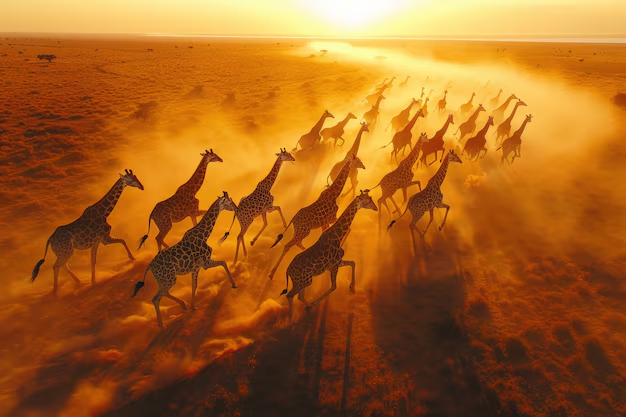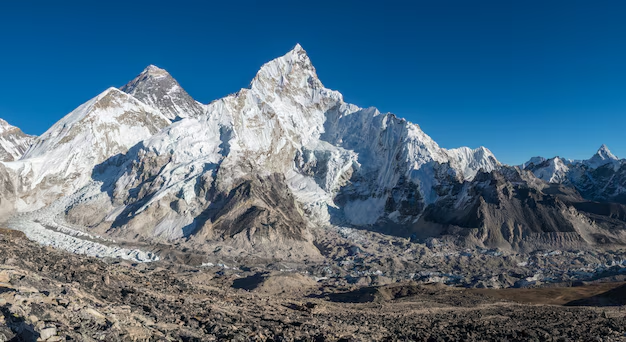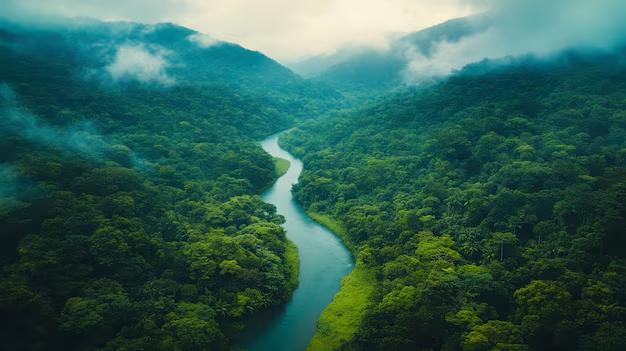The Wonders of the Sahara Desert
The Sahara Desert, covering an area of over 9 million square kilometers (3.5 million square miles), is the largest hot desert in the world, spanning across several North African countries, including Algeria, Chad, Egypt, Libya, Mali, Mauritania, Morocco, Niger, and Sudan. This vast expanse of arid land is characterized by its stunning landscapes, which include sand dunes, rocky plateaus, and salt flats. Despite its harsh conditions, the Sahara is home to a variety of plants and animals uniquely adapted to survive in extreme temperatures and scarce water resources. Among its inhabitants are the Berber and Tuareg peoples, who have lived in harmony with the desert for centuries, relying on traditional knowledge and practices to navigate and sustain their communities. The Sahara is also rich in natural resources, including minerals and fossil fuels, but exploitation threatens its fragile ecosystem. Understanding the Sahara Desert’s ecology and cultural significance is vital for promoting sustainable development and preserving the unique biodiversity and heritage of this extraordinary region.




